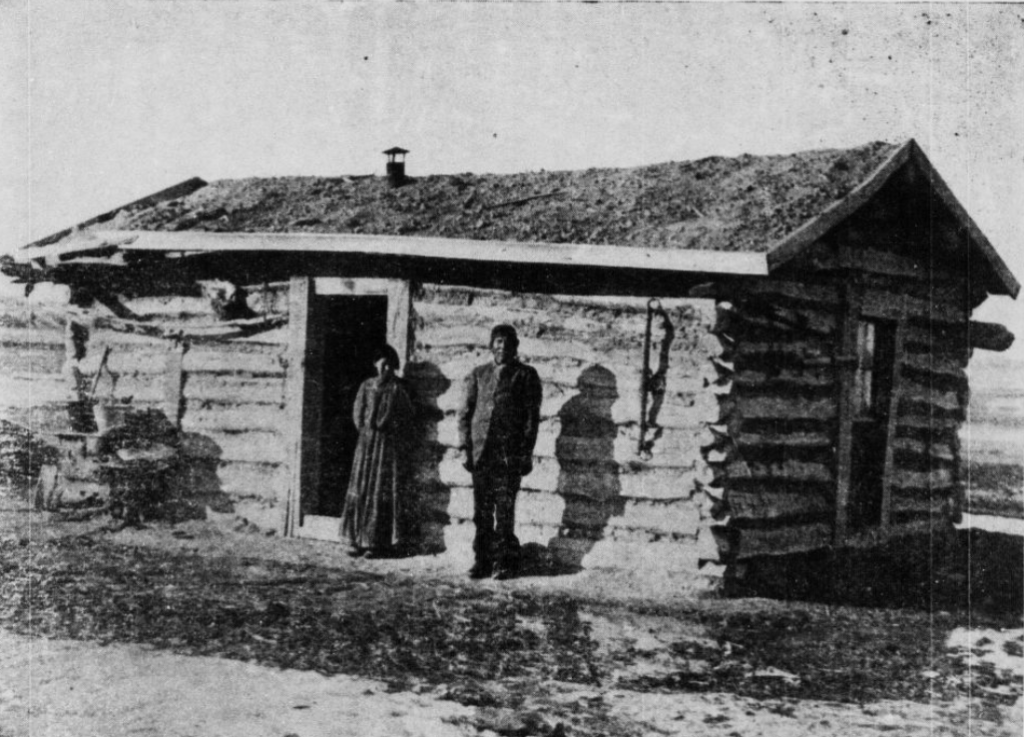
January (Ianuarius) became the first month of the year under the Gregorian (current) and Julian (previous) calendar.
Today, January is often thought of as a recovery month when people resume to their normal schedules after the December festivities.
1. Named After a Roman God
Janus was know to the Romans as the god of beginnings, doorways, and gates. So it only makes sense that the first month of the year is named after him.

Interestingly enough, Janus was also known as the two-faced god. He could see into the past and the future.
2. January Weather Divination
In times past, people predicted future weather by what happened on certain days throughout the year.

For example, the Shepherd’s Almanack (1676) tells us that a sunny January 12th predicts strong winds:
“If on the twelfth of January the sun shine, it foreshows much wind.”
3. Wolf Moon
According to William S. Walsh in Curiosities of Popular Customs (1897),
“The Anglo-Saxons called this [January’s full moon] Wulfmonath, because hunger then drove the wolves down into the settlements.”

4. Birthstone
Every month has a stone associated with it. For January, that stone is garnet.
According to Sue Lilly, Crystal Decoder,
“All garnets are useful to get things under way…”
This makes the garnet the best stone to represent the beginning of the new year, entering new doors, and closing the gate behind us.

